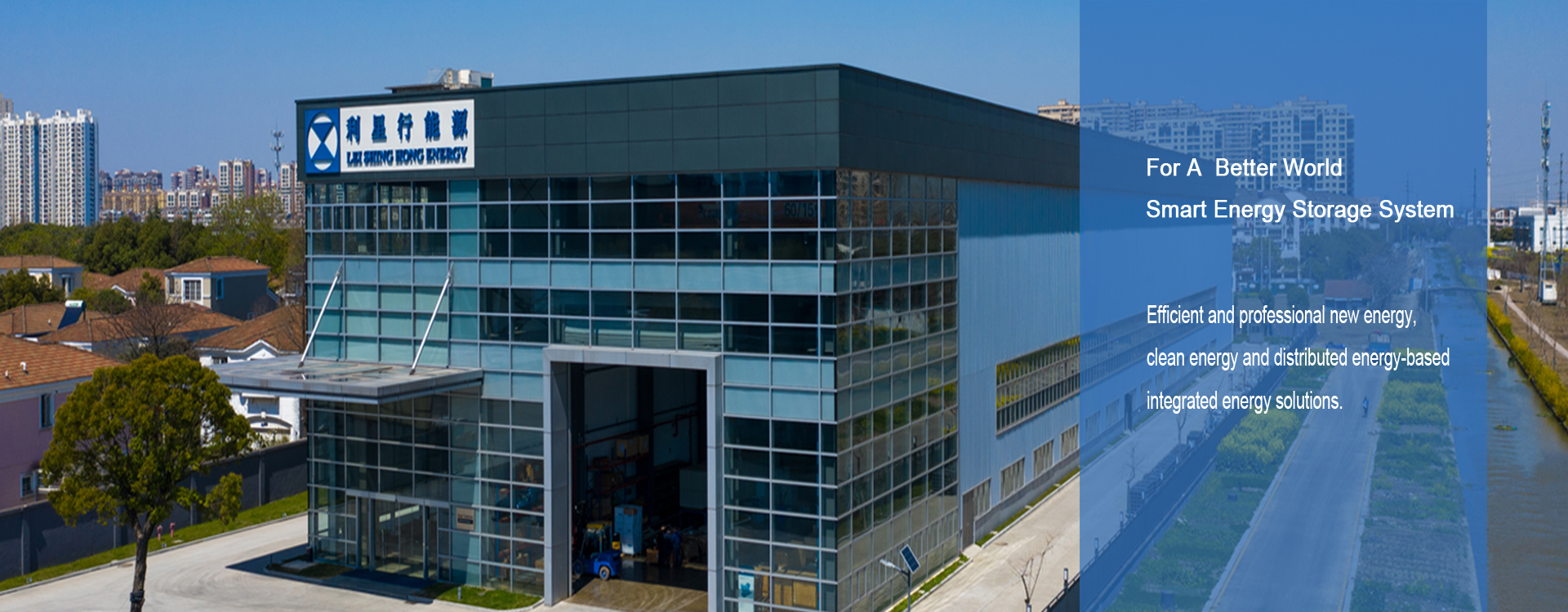What happens to solar power when the sun goes down? It’s a question at the heart of every renewable energy conversation — and one that highlights the importance of reliable, efficient energy storage solutions. While solar panels are excellent at capturing energy during the day, without proper storage, much of that power is wasted or underutilized. That’s where batteries for storing solar electricity step in, transforming solar energy from a daytime-only resource into a 24/7 solution.
At LSH Energy Solutions, we provide advanced, scalable storage solutions designed to help you make the most of your solar investment. In this article, we’ll explore how solar batteries work, the different types available, and why our customizable systems are leading the charge toward a greener, more resilient energy future.
Why Store Solar Electricity?
Solar panels generate electricity only when the sun is shining. However, electricity demand doesn’t follow the sun’s schedule — people often use the most energy in the evening when the sun has already set. Without storage, excess solar power generated during the day goes unused or is sent back to the grid for minimal compensation.
Storing solar energy in batteries offers a powerful solution:
Energy Availability Anytime: With batteries, solar electricity generated during the day can be stored and used later — at night, during cloudy days, or during peak demand hours.
Grid Independence: Batteries offer energy security during blackouts or grid instability. This is especially valuable for regions prone to extreme weather or unreliable infrastructure.
Cost Savings: By using stored solar electricity during peak utility pricing hours, users can significantly reduce electricity bills.
Sustainable Living: Utilizing stored solar energy reduces reliance on fossil-fuel-based grid electricity, lowering carbon footprints and supporting climate goals.
How Do Solar Batteries Work?
A solar energy storage system typically includes:
Solar Panels – Capture sunlight and convert it to DC electricity.
Inverter – Converts DC electricity into AC electricity used in homes and businesses.
Battery System – Stores excess DC electricity for later use.
Battery Management System (BMS) – Optimizes charge and discharge cycles to protect the battery and maximize lifespan.
When the solar panels generate more electricity than is currently needed, that surplus energy is sent to the batteries. When the panels aren’t producing electricity — such as at night — the stored energy is discharged and used to power appliances or critical systems.
Types of Solar Storage Batteries
At LSH Energy Solutions, we offer a wide range of battery systems designed for residential, commercial, and industrial use. The two most common battery technologies used today include:
1. Lithium-Ion Batteries
High energy density
Fast charging
Long lifespan (typically 10+ years)
Low maintenance
These are the most commonly used batteries for solar storage today. We offer several lithium-ion systems with varying voltages and configurations — from low-voltage wall-mounted models ideal for homes to high-voltage modular systems designed for businesses and factories.
2. LFP (Lithium Iron Phosphate) Batteries
Enhanced safety
Thermal stability
Long cycle life
Environmentally friendly
Our LFP battery systems are built with safety and longevity in mind, making them ideal for both home and industrial applications.
Future Outlook: Battery Storage is the Missing Link
As solar adoption continues to rise globally, storage will no longer be optional — it will be essential. Utilities, governments, and industries around the world are recognizing that batteries for storing solar electricity are the linchpin in the shift toward 100% renewable energy.
By investing in battery storage, users can fully unlock the value of solar energy, ensuring it’s available exactly when and where it’s needed. Whether you’re a homeowner seeking energy independence or a business aiming for resilience and cost control, now is the time to act.
Post time: Jun-06-2025

